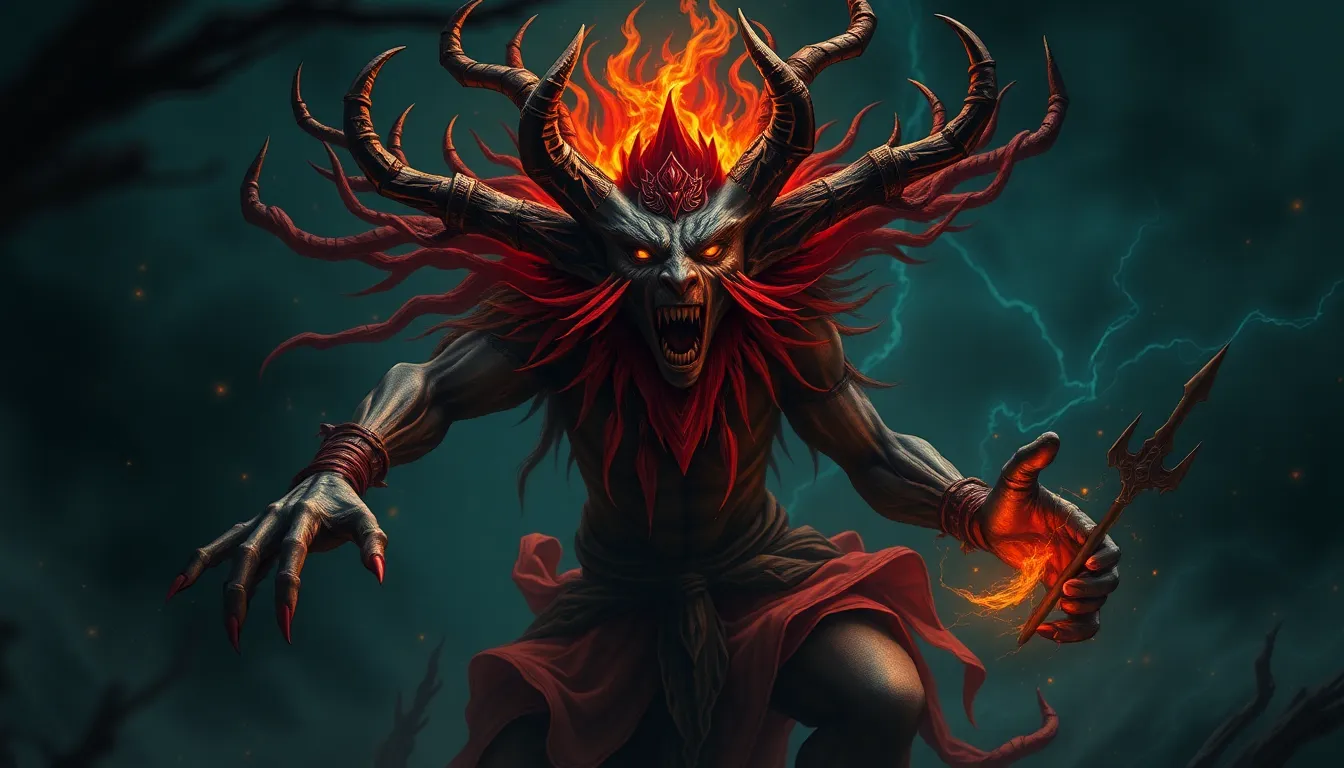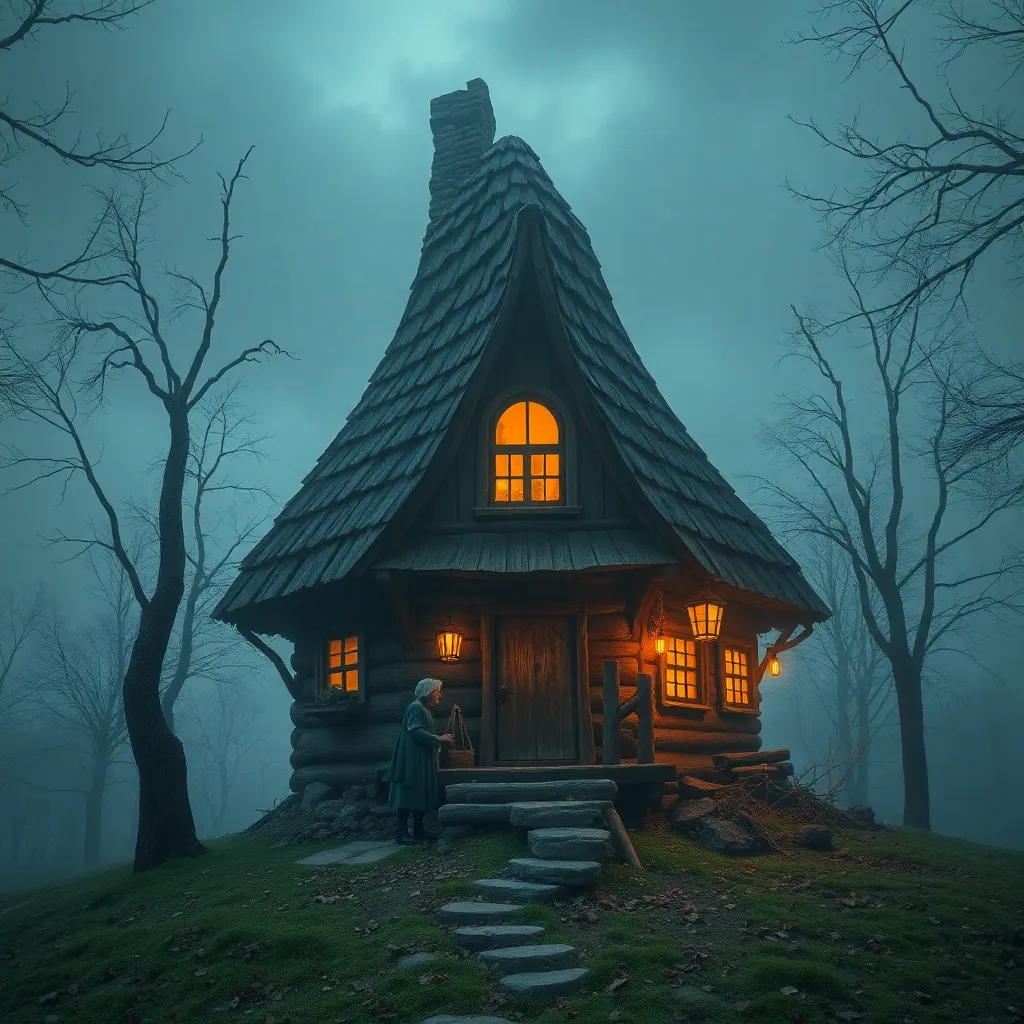Trickster Tales That Challenge Gender Norms and Stereotypes
I. Introduction
Trickster tales are a rich genre of folklore featuring characters that embody the qualities of cunning, deception, and intelligence. These narratives often involve a protagonist who disrupts the status quo, challenging societal norms and expectations. The importance of gender norms and stereotypes in storytelling cannot be overstated, as they shape our understanding of identity and behavior across cultures.
This article aims to explore the role of trickster tales in challenging and subverting traditional gender norms and stereotypes. By examining historical contexts, cultural variations, and modern adaptations, we uncover how these narratives can empower marginalized voices and provoke critical reflections on gender identity.
II. Historical Context of Trickster Tales
Trickster figures have their origins in various cultures worldwide, often serving as a bridge between the human and divine realms. These characters have evolved over time, reflecting changing attitudes towards gender and social roles.
A. Origins of Trickster Figures in Various Cultures
Tricksters appear in multiple cultural mythologies, from the African Anansi to the Native American Coyote and the Norse Loki. Each character reflects unique cultural values and social commentary.
B. Evolution of Gender Representation in Folklore
Historically, trickster tales have often reinforced traditional gender roles. However, as societies evolve, so do these narratives, leading to more complex representations of gender.
C. The Role of Tricksters in Societal Commentary
Tricksters serve as societal commentators, revealing the absurdities of rigid gender norms and encouraging audiences to question established hierarchies.
III. Trickster Archetypes Across Cultures
Across cultures, trickster characters exhibit a range of behaviors and attributes, often blurring the lines of gender identity.
A. Analysis of Prominent Trickster Characters
1. Anansi (African Folklore)
Anansi, the spider, is a well-known trickster in West African folklore. Anansi’s stories often emphasize intelligence and cunning over brute strength, challenging traditional notions of masculinity.
2. Loki (Norse Mythology)
Loki, a complex figure in Norse mythology, embodies both male and female traits. His ability to shape-shift and manipulate social norms poses questions about traditional gender roles.
3. Coyote (Native American Mythology)
Coyote is a quintessential trickster figure in many Native American cultures. His stories often highlight the fluidity of identity and the rejection of societal expectations.
B. Gender Variations in Trickster Representations
While many trickster figures are male, female tricksters also exist, often employing their wit and cunning to navigate patriarchal structures.
IV. Subverting Traditional Gender Roles
Trickster tales provide a platform for subverting traditional gender roles, showcasing both female and male characters who challenge societal expectations.
A. Examples of Female Tricksters
1. Cleverness and Cunning in Female Characters
Female tricksters, like the Japanese character of Kitsune, often use their intelligence and cunning to outsmart male counterparts, subverting gender norms.
2. Instances of Female Empowerment
Stories featuring female tricksters often depict empowerment, as these characters navigate and overcome societal restrictions.
B. Male Tricksters Challenging Masculinity
1. Vulnerability and Emotional Depth
Male tricksters, such as Loki, exhibit vulnerability and emotional complexity, challenging traditional notions of masculinity that prioritize stoicism and strength.
2. Non-Traditional Masculine Traits
These characters often embrace non-traditional traits, showcasing that masculinity can include nurturing, sensitivity, and intelligence.
V. Intersectionality in Trickster Tales
Trickster tales also reflect the complexities of identity, including race, ethnicity, and sexual orientation, contributing to a nuanced understanding of gender representation.
A. The Role of Race and Ethnicity in Gender Representation
Trickster narratives often highlight the intersection of race and gender, showcasing how these identities influence societal expectations and personal agency.
B. LGBTQ+ Representations within Trickster Narratives
In contemporary adaptations, trickster figures may embody LGBTQ+ identities, challenging heteronormative narratives and expanding the scope of gender representation.
C. How Intersectional Identities Influence Trickster Dynamics
Intersectional identities enrich trickster tales, adding layers of complexity to the characters’ motivations and actions, ultimately leading to more profound societal commentary.
VI. Case Studies of Specific Trickster Tales
Analyzing specific trickster tales reveals deeper insights into gender dynamics and cultural contexts.
A. Analysis of Selected Tales from Different Cultures
1. “The Tortoise and the Hare” – Gender Dynamics
This well-known fable illustrates the dynamics of gender and intelligence, where the slow but clever tortoise outsmarts the overconfident hare, challenging assumptions about speed and strength.
2. “The Fox and the Grapes” – Class and Gender Interplay
This story explores themes of envy and class, as the fox rationalizes his failure to obtain the grapes. The tale subtly addresses societal expectations and the role of gender in ambition.
B. The Impact of Cultural Context on Gender Norms
Cultural contexts heavily influence the portrayal of gender in trickster tales, shaping how audiences perceive and internalize gender norms.
VII. Modern Adaptations and Their Implications
In contemporary society, trickster tales have been reimagined across various media, reflecting modern values and challenging outdated stereotypes.
A. Contemporary Retellings of Trickster Tales
Modern authors and creators utilize trickster narratives to address current social issues, offering fresh perspectives on gender and identity.
B. The Role of Media (Film, Literature, and Theatre)
Films, literature, and theater have embraced trickster motifs, allowing for diverse interpretations that resonate with modern audiences and challenge traditional narratives.
C. How Modern Adaptations Reflect or Challenge Gender Norms
Contemporary adaptations often seek to subvert traditional gender roles, showcasing characters that defy societal expectations and embrace complexity.
VIII. The Educational Value of Trickster Tales
Trickster tales hold significant educational value, particularly in discussions surrounding gender studies and social justice.
A. Use in Teaching Gender Studies
Educators can use trickster narratives to illustrate the fluidity of gender and the ways in which societal norms can be questioned and challenged.
B. Encouraging Critical Thinking about Stereotypes
Their subversive nature encourages students to think critically about stereotypes, prompting discussions on identity, power, and resistance.
C. Empowering Young Audiences through Trickster Narratives
Trickster tales empower young audiences by providing relatable characters who navigate complex social landscapes, inspiring resilience and creativity.
IX. Challenges and Critiques of Trickster Tales
Despite their potential, trickster tales are not without challenges and critiques, particularly regarding their portrayal of gender.
A. Potential Reinforcement of Negative Stereotypes
Some trickster tales may inadvertently reinforce negative stereotypes, particularly if they lean too heavily on traditional tropes.
B. The Risk of Oversimplifying Gender Issues
Moreover, there is a risk that trickster narratives oversimplify the complexities of gender issues, reducing them to mere entertainment rather than meaningful commentary.
In summary, trickster tales serve as powerful narratives that



